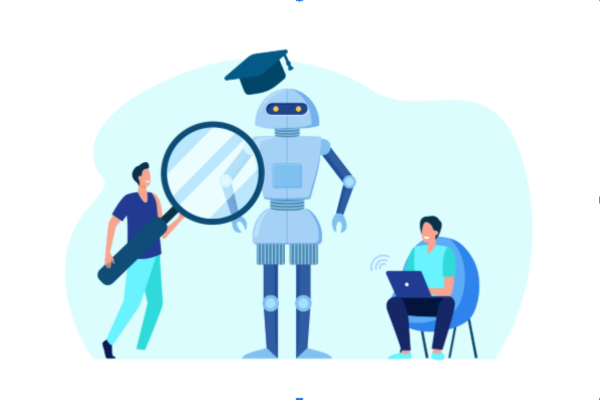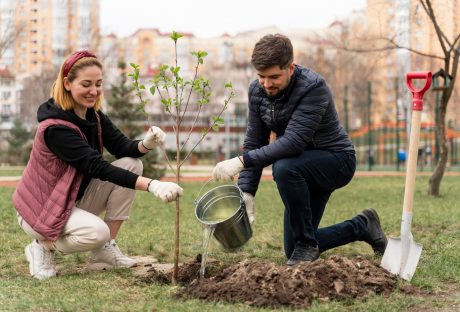The medical library, once a hallowed hall of hushed whispers and towering stacks of textbooks, is changing. Today’s aspiring physicians are just as likely to be found with earbuds in, watching a complex physiological process unfold on a tablet.
This generation seeks integrated, efficient solutions to conquer the most daunting exams of their lives. For osteopathic students, this means finding a smart partner for COMLEX Level 2 preparation, and platforms like Lecturio are building comprehensive ecosystems designed for exactly that.
The modern approach is about consolidation. This resonates perfectly with the Gen-Z med student, a digital native who values efficiency and integrated ecosystems.
These platforms are appealing for the right reasons: they replace overwhelming clutter with a streamlined, on-demand experience that fits a hectic clinical schedule.
The ability to switch seamlessly from a high-yield video to targeted questions on a single platform isn’t just convenient; it’s a smarter, more sustainable way to learn, aligning with a generation that demands both technological sophistication and proven results from their tools. Lecturio’s ecosystem functions as an all-in-one digital medical school, transforming how students approach their studies.
A Foundation of Expert-Led Video Lectures
Its foundation is a vast library of high-yield video lectures by expert physicians. These are engaging, visual explanations that break down intricate topics like OMM techniques into digestible segments, allowing students to learn at their own pace and revisit complex concepts with ease.
Mastering Application With A COMLEX-Style Qbank
But knowledge is only half the battle. Application is key for an exam like COMLEX Level 2 with its emphasis on clinical skills. Lecturio’s bank of thousands of COMLEX-style practice questions, complete with detailed explanations for every answer choice, allows students to test their understanding in a low-stakes environment. The integrated Qbank mimics the actual exam format, building critical stamina and familiarity.
The Smart Study Advantage: Spaced Repetition
Perhaps the most powerful feature is Lecturio’s “Spaced-Repetition” functionality. The platform intelligently tracks performance and identifies weaknesses. It then surfaces challenging concepts at optimal intervals, ensuring information moves from short-term to long-term memory. This is studying backed by cognitive science, not just guesswork.
Targeted Prep For The Osteopathic Distinction
For an exam that specifically tests Osteopathic Manipulative Treatment (OMT), Lecturio provides targeted content that other generic platforms miss. Dedicated video lessons and questions ensure students are thoroughly prepared for the distinct philosophy and practical applications that define osteopathic medicine.
Assessing Readiness With Precision
Furthermore, comprehensive self-assessments provide a realistic prediction of readiness, helping students pinpoint exactly where to focus their final review efforts before exam day.
Conclusion:
In essence, the journey has been digitally remastered. Preparing for the COMLEX Level 2 preparation no longer has to be an overwhelming grind. Through a smart ecosystem of videos, Qbanks, and spaced-repetition technology, platforms like Lecturio make the process more efficient and manageable.
It’s about working smarter, not just harder, making the monumental task of board prep feel a little less daunting and a lot more achievable.






















